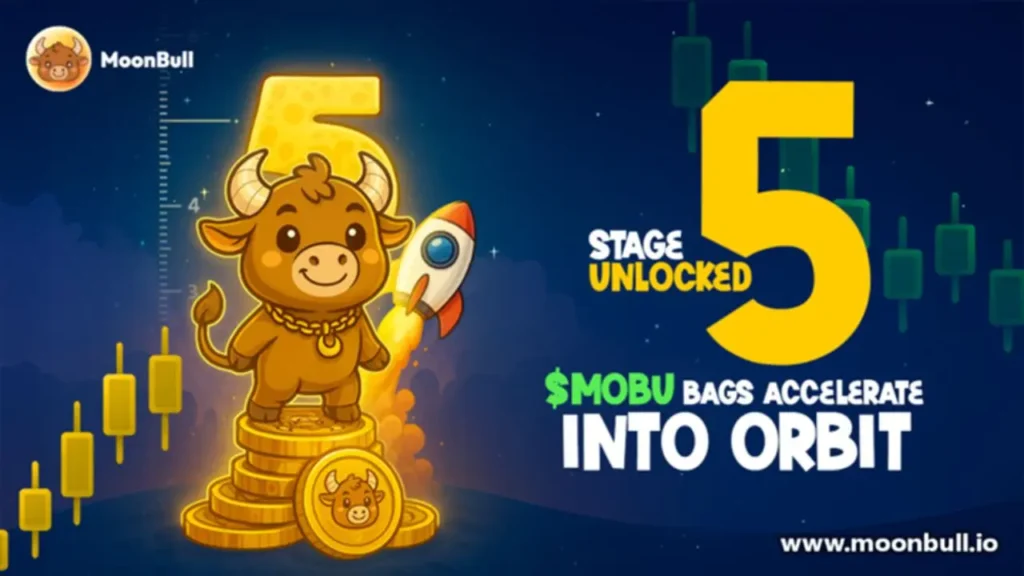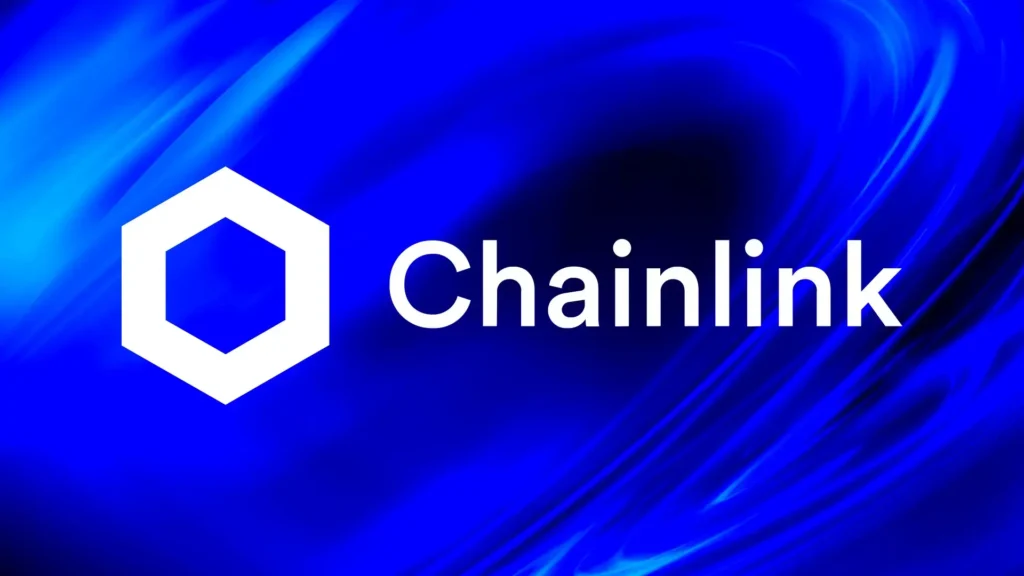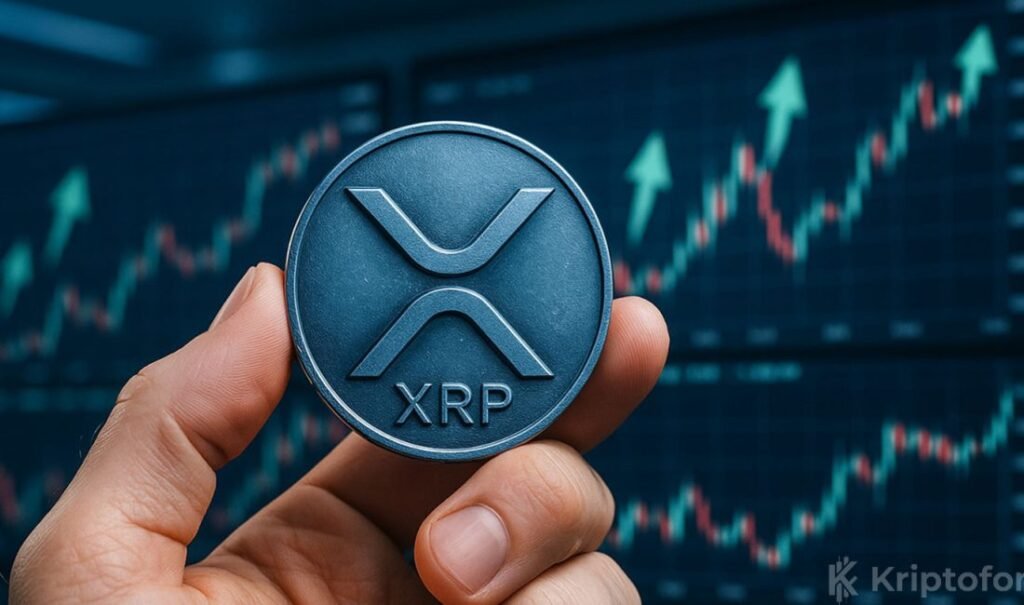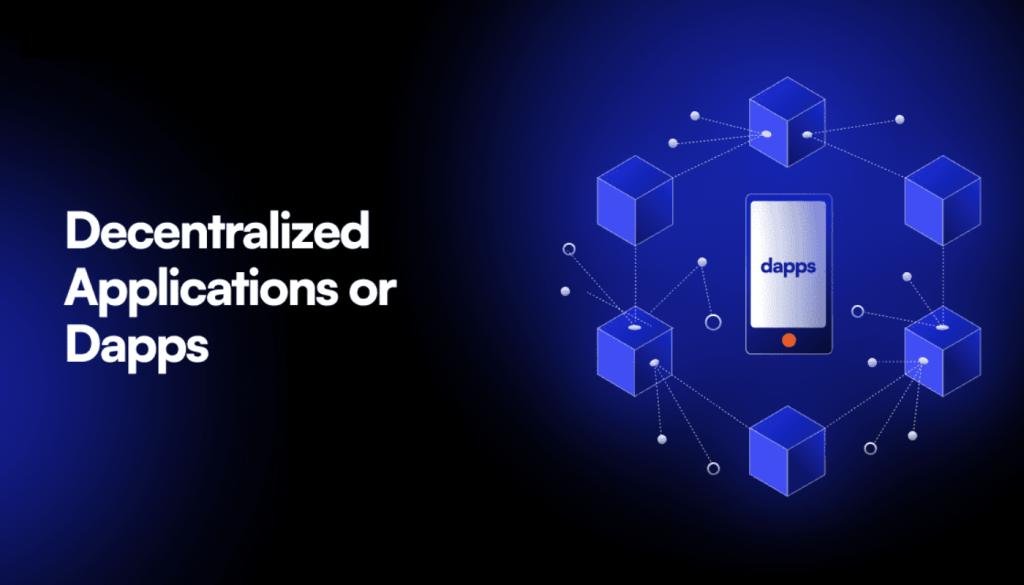Chainlink: The Core Oracle Powering Blockchain with LINK in 2025

If you follow crypto even a little, you have probably heard Chainlink mentioned in the same breath as DeFi and Web3. But why does Chainlink matter so much in 2025? At its simplest, Chainlink connects blockchains to real-world information. Its native token, LINK, keeps that connection honest and useful (Investopedia)
Smart contracts are clever and automatic, but they cannot see the outside world by themselves. They need reliable dataprices, weather, sports results, and shipment statuses to make decisions. That is where Chainlink comes in. It fetches, checks, and delivers real-world data to smart contracts so they can act correctly. If you want smart contracts that actually solve real problems, you need Chainlink and you need LINK.
What is Chainlink, really?
Imagine you are running a small lending app. You want loans to be safe, so you need the correct price of collateral at every moment. Rely on one data source and you risk being wrong. Use many sources, and you have a better shot at accuracy. That is the idea behind Chainlink.
Chainlink is a decentralized network of oracles. An oracle is just a bridge: it watches something in the real world and reports it to a blockchain. The difference with Chainlink is that the network does this with multiple independent nodes, not a single central feed. That means no single mistake or hack can quietly wreck your contract.
Perhaps the most important point is trust. Blockchains trust math. People and servers do not always deserve that trust. Chainlink uses many independent checks and incentives to move trust from people to a system. When a smart contract triggers, you want to be confident that the data behind that decision was sound. Chainlink is built so you can feel that confidence.
How Chainlink actually works: a simple walkthrough
Let us walk through a concrete example. Picture a DeFi lending protocol that needs the price of Ethereum right now. Here is how Chainlink helps:
- The contract issues a data request.
- Chainlink selects multiple oracle nodes to fetch prices from reputable sources, such as exchange APIs.
- Each node reports its result back.
- Chainlink aggregates the results and returns a single, verified answer to the contract..
Nodes get paid in LINK for their work and must stake LINK as collateral. If a node tries to cheat, it risks losing the stake. That is a simple economic nudge toward honesty. I think that economic design is the clever bit: it turns incentive into security (Chainlink Docs)
Why LINK matters: the token that keeps the lights on
LINK is not just something to trade. It is a payment, collateral, and a participation ticket all in one. Oracles are rewarded with LINK for accurate data. They also stake LINK, so they have something to lose if they act badly. Recently, staking options expanded to let regular holders lock up LINK and earn rewards while contributing to security. That means everyday users can take part in making the network stronger.
To put it plainly: more use of Chainlink tends to mean more demand for LINK. That creates a link, literally, between real-world usage and token value. It is not a guarantee of price, of course. Markets fluctuate. Still, the token has clear utility beyond speculation.
Key features that make Chainlink useful today:
- Decentralized price feeds
DeFi needs correct prices. If a price feed is tampered with, users can be unfairly liquidated. Chainlink pulls prices from many sources and blends them into a reliable feed. That prevents manipulation and keeps lending and trading platforms fair.
- Verifiable random function, or VRF
Gaming and NFTs rely on randomness. How would you feel if an NFT mint was rigged? VRF proves the randomness is fair and cannot be tampered with. That matters when you are minting rare items or running a prize draw.
- Keepers for automation
Not every contract should sit idle until a human acts. Chainlink Keepers run scheduled or conditional tasks automatically. Want a payout at 9 a.m. on the first of every month? Keepers can make that happen without any manual trigger.
- Cross-chain protocol (CCIP)
Blockchains are many and varied. CCIP is Chainlink’s solution for moving messages and tokens between chains securely. Imagine your smart contract on one blockchain triggering a contract on another. CCIP aims to make that seamless.
Real-world examples that make sense
Concrete examples anchor abstract ideas. Here are a few that I think make Chainlink real.
- DeFi price feeds: Major lending platforms use Chainlink price feeds to decide collateral values. That keeps loans fair and reduces the chance of surprise liquidations.
- Insurance payout automation: Consider flight delay insurance. Instead of waiting for paperwork, a parametric contract can check airline status and pay out automatically if a flight is delayed. Chainlink verifies the flight status and triggers the claim. No paperwork, no long waits.
- Gaming fairness: A blockchain game uses VRF to decide rare item drops. Players see public proof that the results were random. Trust rises, and the community grows.
- Supply chain checks for enterprises: A logistics company can use Chainlink to verify sensor readings, such as temperature during transport. Contracts release payments only when sensors report compliant readings. That saves time and reduces fraud.
Here is a small anecdote I like to tell: a developer once told me they switched one of their test contracts to Chainlink after watching a single oracle fail during a routine demo. The demo crashed, fans left the room, and the team learned an expensive lesson: trust only one source at your peril. A small change, adding multiple oracles through Chainlink, removed that single failure point, and the demos ran smoothly after that. Simple, practical, and convincing.
Security: How Chainlink reduces risk
Security in this space is not a buzzword; it is a survival requirement. Chainlink improves security by using many independent data sources, by requiring nodes to stake LINK, and by encouraging transparency. Nodes that try to lie have skin in the game. Audits and ongoing protocol updates add layers of protection. I would not call it invulnerable. No system is. But Chainlink pushes risk down to levels that teams can manage (Gemini Cryptopedia)
Token economics and why it is sensible
The economics behind LINK are straightforward. Oracles need to be paid. Staking aligns incentives. And as more applications use Chainlink, demand for LINK tends to grow. That is not magic. It is simple supply and demand plus real utility. For developers, LINK is a cost of doing business. For holders, LINK can be a way to participate in network security while earning yield.
A small practical point: Chainlink capped the total supply of LINK, and about half the supply circulates in markets and is used today. That gives the token both usability and scarcity, which many investors find attractive.
How to buy and store LINK safely?
Buying LINK is straightforward; the token is listed on major exchanges. After purchase, consider moving tokens into a secure wallet. A hardware wallet, like a cold device, reduces the risk of online hacks. If you need convenience, a software wallet such as MetaMask works, but be mindful of private keys and phishing attempts. Store your keys like you would store a passport or safe key. Treat them with the same seriousness.
What is coming next for Chainlink in 2025 and beyond?
Expect three main directions:
- More staking participation: More people will lock up LINK to secure the network and earn a share of rewards.
- Wider multi-chain use: CCIP aims to enable contracts and tokens to move safely across different blockchains. That could change how developers build apps.
- Deeper enterprise integration: As firms test blockchain solutions, they need reliable data bridges. Chainlink is positioning itself to provide those bridges.
These are plans and trends, not guaranteed outcomes. Still, the direction is clear: Chainlink wants to be the plumbing that makes many blockchain apps usable in real life.
FAQ
What does Chainlink do?
It delivers verified real-world data to smart contracts, making them useful.
What is LINK used for?
LINK pays and secures Oracle services. It is the network’s utility token.
Can I stake LINK?
Yes. Staking helps secure the network and lets holders earn rewards.
Is Chainlink safe?
It reduces single-point failures by using many sources and staking incentives. No system is perfect, but Chainlink makes practical security improvements.
Conclusion: Why Chainlink and LINK matter
If you want blockchain applications that interact meaningfully with the real world, you need Chainlink. If you want to participate in securing that system, you will interact with LINK. Both are now central pieces of the Web3 stack.
Have you ever opened a contract, watched it execute, and wondered whether the data behind it was trustworthy? That worry is exactly why Chainlink exists. It does not remove all risk, and it is not the only approach. But in 2025, it remains the most widely used solution for reliable, verifiable, real-world data in blockchain. For developers, for businesses, and for users, Chainlink plus LINK is often the right tool to make smart contracts actually useful.









